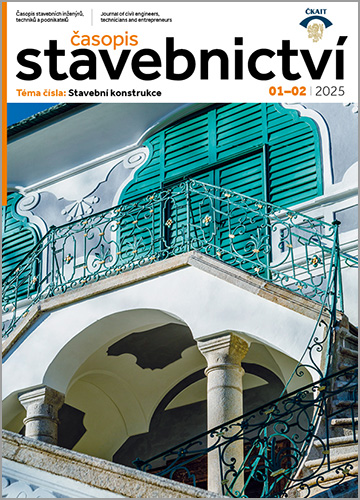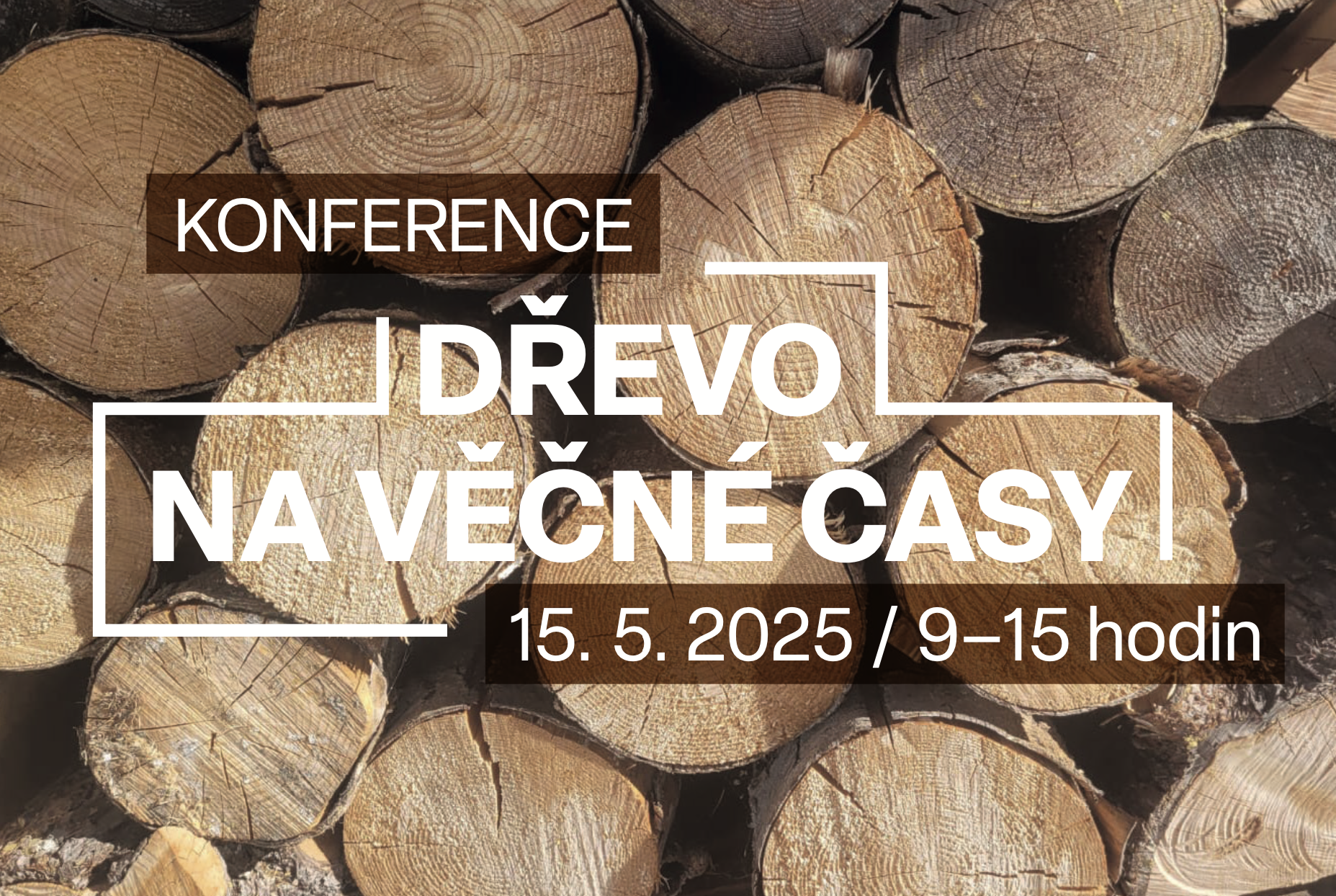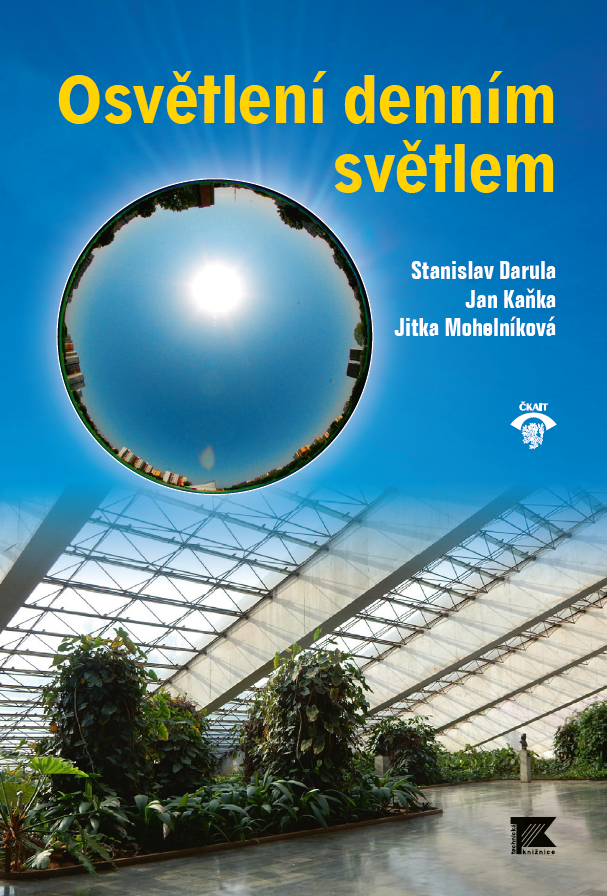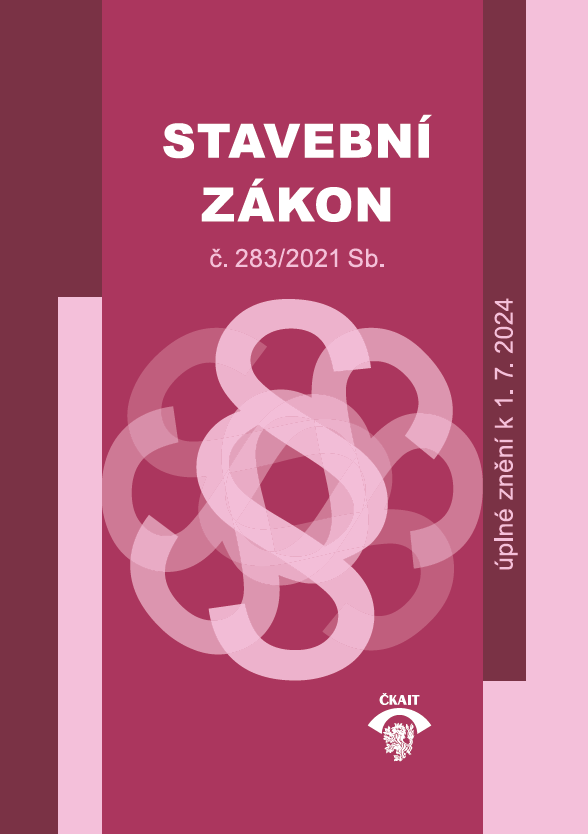TOB 1/2016
Laws, Technical Regulations, Standards and Recommendations
The need for ventilation of school buildings and adequate grant titles
Zdeněk Zikán
The paper puts documents about ventilation in schools and school buildings that exist today into context with documents that support implementation of ventilation systems with heat recovery (recuperation) in these buildings. At the same time, selected parts of decrees, regulations and related documents are being commented on. This article is intended for basic orientation in the field of ventilation in educational buildings, it does not affect any finer specific details.
The usual requirements for energy specialists during controls of the SEI
Kateřina Vlachová
Commenting on the selected provisions of the Energy Management Act and its implementing regulations concerning controls SEI. They are specified documents that SEI typically from energy specialists requires during inspections of Energy documents.
Energy-savings Buildings
Energy performance of industrial buildings – PART 1 – Legislation
Jiří Cihlář
Energy efficiency of industrial buildings in not very common topic. However, the quality of design must be based on valid national legislation and technical standards. Task to achieve best energy ratings is more and more frequently laid on building designer and energy specialist directly from investor – developer.
Projection, Theory, Surveys
Coefficient of thermal conductivity for the boards RIGIDUR – experimental results
Petr Kučera, Jaroslav Řehánek
Experimental results of coefficient of thermal conductivity for the boards RIGIDUR values with respekt to the mass density, mass humidity and temperature are shown in this article. RIGIDUR are gypsum fibre boards and are composed from gypsum, paper fibres and mineral additives.They can be used as parts of building panels.
Optimal insulation thickness
Roman Šubrt
The article is devoted to the calculation of energy consumption of polystyrene foam production and energy consumption of heating and it seeks the optimal thickness of insulation for various structures, from the least thermally insulating walls of sand-lime brick to brick walls which met the requirements for thermal insulation not long ago. It also shows the optimal insulation thickness by the buildings with a lifespan of 30 and 60 years.
Education – Conferences – Reviews
Buildings‘ insulation in a conference mirror – part VII: Climate
František Vörös
Continuing series on findings from conferences will be dedicated to the climate-energy konference in Paris, the World conference on insulation and local conferences on thermal insulation of buildings in Hradec Králové and Brno.
Materials and Products for Buildings
Breakthrough solutions in moisture management
Karel Sedláček
The paper discuss about water transport according sd value of vapor retarders or vapor stops by diffusion and water transport through leakages by air flow. The sources are company documents and internal research of Isover by research center CRIR in France.
Architecture and Energy Savings
Several notes regarding historical fights for thermal conditions in buildings
Václav Jandáček
The article commented on selected breaking historical context ensuring favourable thermal conditions in buildings.
Indoor Climate Quality of Buildings
Internal environment analysis in a classroom based on the hygiene requirements
Miroslav Javorček
The article contains the analysis of experimental ventilation measurement in selected classrooms of the Elementary School Štrba. Mathematical model of selected classroom was prepared according to in-situ measurements and air exchange was calculated. Interior air temperature and quality influences the students´ comfort. Evaluated data were compared to requirements of standard STN EN 15251 [4] applicable to classroom interior ambiance during lectures, highlighting the difference between required ambiance quality and actually measured values. CO2 concentration refers to one of the parameters indicating interior ambiance quality.
Adaptation of buildings to climate change
Michal Čejka, Petr Holub
People spend most of their time indoors. For this reason the adaptation of buildings to negative impacts of climate change becomes an important part of the process of their construction and renovation. A building adapted to climate change not only increases the quality of indoor environment and thus has positive impact on health and productivity of its users, but the realized measures also often contribute to climate change mitigation. The following article briefly summarizes impacts of climate change and introduces some basic measures to be taken in the Czech environment and it thus represents one of the first contribution to a discussion in this field.
Support and motivation
Competition Passive House knows of winner
Info Service
Foreign magazines – selected topics
Towards Energy Union: The Commission presents sustainable energy security package
The new tariff structure make more difficult the fulfillment of the Czech targets for energy efficiency
Author index 2015
Contens of Voume 18 (2015)
Information of CZB
Members meeting CZB CR
Information of ČKAIT
Seminars of SVI ČKAIT













